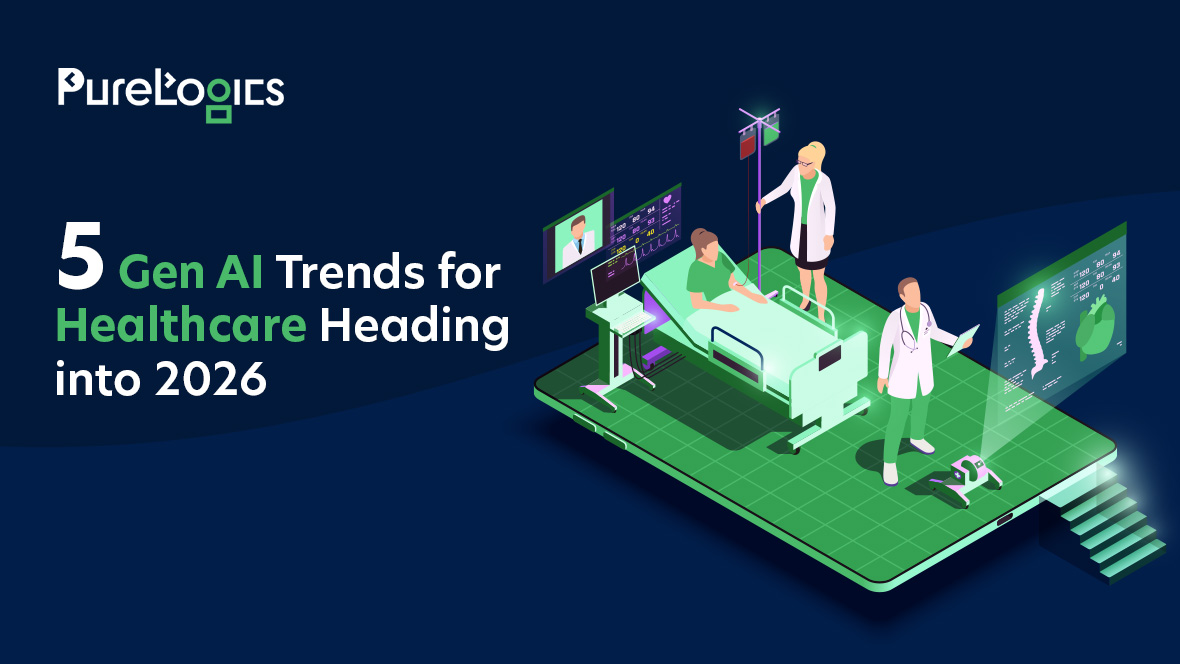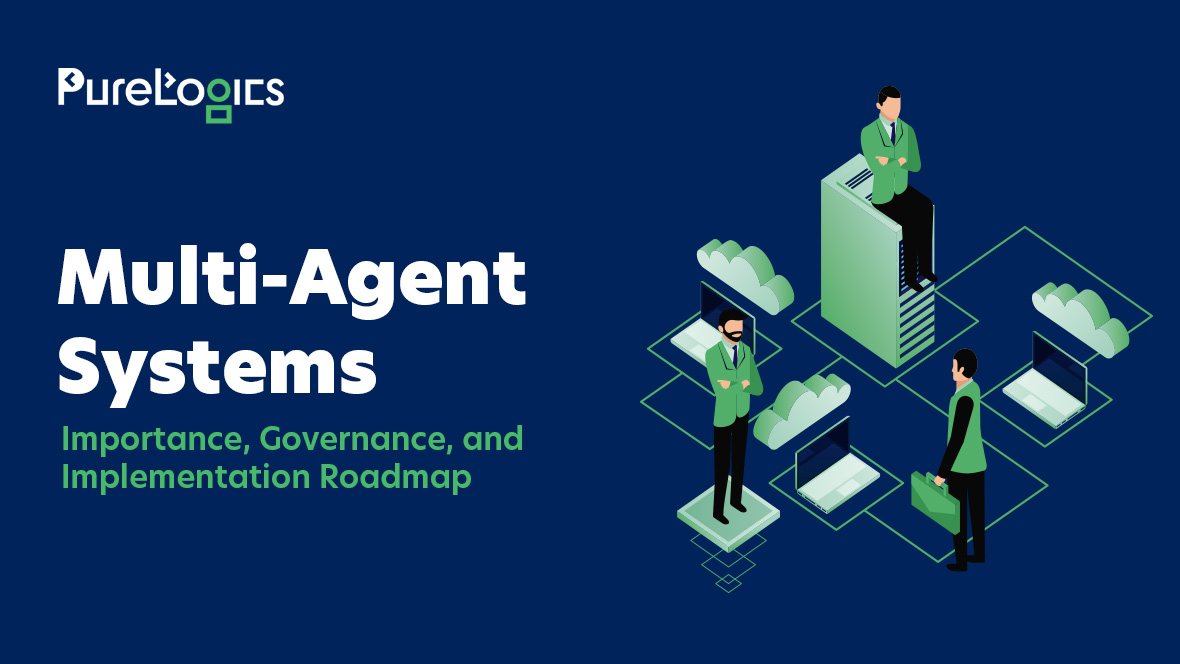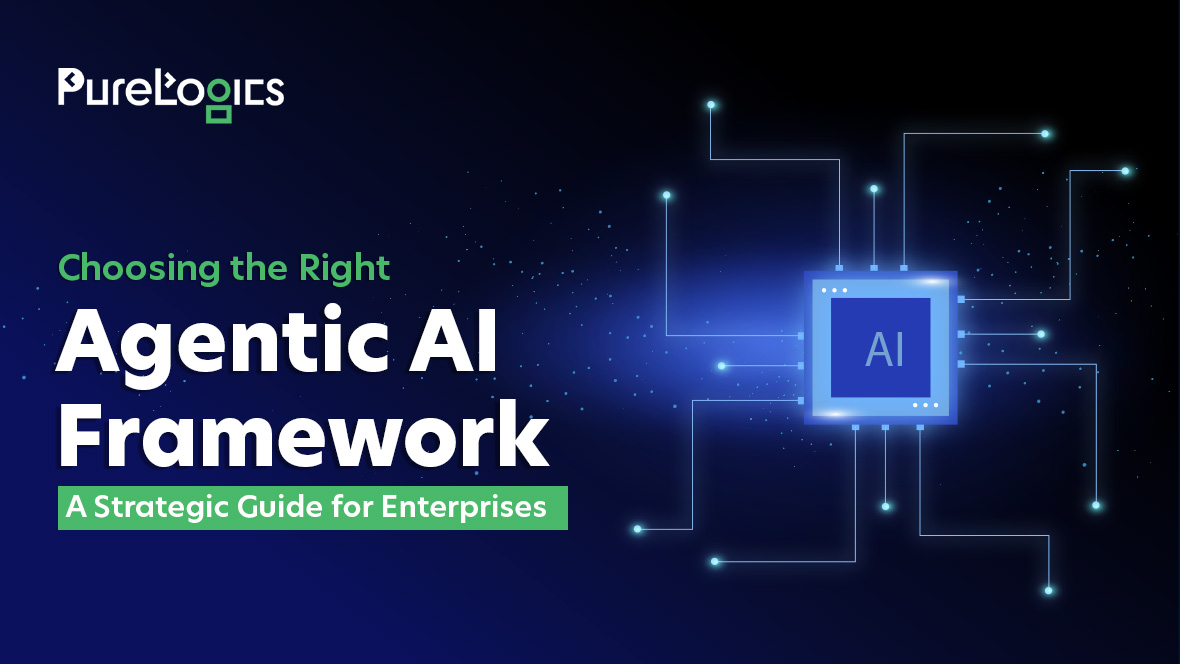Legacy applications are the backbone of many enterprises, but as technology advances exponentially, these aging systems can no longer keep up. AI is rewriting the rules, enabling enterprises to modernize applications with automation, predictive analytics, and intelligent optimization. This shift is helping businesses reduce technical debt, enhance performance, and future-proof their systems.
In this blog, we will discuss the limitations of legacy systems, the industries most affected, and the importance of modernization. We will also explore how AI enhances the process and what the future holds for AI-powered legacy upgrades.
So, without any further ado, let’s explore!
What is Legacy Application Modernization?
Legacy application modernization involves updating outdated software systems to align with current business needs and technological standards. This process enhances performance, security, and scalability, ensuring that applications remain relevant and efficient in today’s fast-paced digital landscape.
Limitations and Challenges with Legacy Applications
Some of the limitations of the legacy apps are given below:
- Data Migration and Integration: Migrating data from legacy systems to modern platforms can be complex. This often leads to data loss or inconsistencies.
- Technical Debt and Code Complexity: Outdated codebases accumulate technical debt, making maintenance costly and hindering innovation.
- Integration with New Systems: Legacy applications often lack compatibility with modern technologies, posing integration challenges.
- User Adoption: Employees accustomed to old systems may resist transitioning to modern applications, which can negatively impact productivity.
- Security and Compliance Risks: Outdated systems may not meet current security standards, exposing organizations to vulnerabilities.
Industries Facing Challenges with Legacy Applications
The following are some common industries that face multiple challenges with legacy apps:
Healthcare
Hospitals often rely on outdated systems, leading to data silos and inefficiencies in patient care. Many healthcare providers struggle with interoperability issues, making it difficult to integrate modern electronic health records (EHR) and telemedicine solutions. This can result in delays in diagnosis, treatment, and data security vulnerabilities.
Education
Educational institutions struggle with legacy systems that hinder the adoption of modern e-learning tools. Outdated student information systems (SIS) and administrative platforms hinder the ability to streamline online course management, grading, and collaboration. This creates inefficiencies for educators and limits students’ access to digital learning resources.
Retail/eCommerce
Retailers using old platforms face difficulties in providing seamless omnichannel experiences. Legacy systems often struggle with real-time inventory tracking, personalized customer engagement, and integration with modern payment gateways. This results in missed sales opportunities and poor customer experiences.
Insurance
Insurance companies with legacy systems encounter challenges in data processing and customer service. Outdated policy management systems lead to delays in claims processing, risk assessment, and regulatory compliance. Additionally, the lack of automation and AI-driven analytics prevents insurers from accurately predicting trends.
Why Companies should Modernize their Legacy Systems and Applications
Modernizing legacy systems is crucial for companies aiming to stay competitive. According to a 2024 survey, 95% of respondents believe that application modernization is essential for their organization’s success. Additionally, modernized systems enhance security, reliability, and scalability, addressing the limitations of outdated applications.
Studies also reveal that businesses that modernize legacy applications experience up to a 40% reduction in operational costs and a 30% improvement in system efficiency.
How to Integrate AI in Legacy Application Modernization
Integrating AI into legacy applications is a multi-step process that requires careful planning, technical expertise, and a strategic approach. Here’s a step-by-step breakdown of how to implement AI effectively in legacy system modernization:
1. Assessment and Planning
Before implementing AI, organizations must conduct a comprehensive assessment of their existing legacy systems. This involves:
- Identifying pain points: Analyzing which parts of the application are outdated, inefficient, or causing bottlenecks.
- Evaluating data readiness: Legacy systems often store data in outdated formats, so ensuring structured and high-quality data is crucial.
- Defining business goals: Setting clear objectives such as improving automation, reducing costs, or enhancing the user experience.
Example: A financial institution struggling with manual loan approvals may use AI to automate document verification and risk analysis.
2. Data Preparation and Migration
Data is the backbone of AI. However, legacy systems often store unstructured, redundant, or inconsistent data, making AI implementation difficult. To overcome this:
- Data cleaning: Remove duplicate, outdated, or irrelevant data.
- Data transformation: Convert data into modern, AI-compatible formats.
- Cloud migration: Many organizations move legacy applications to cloud platforms to enable AI-driven analytics and automation.
Example: A hospital migrating patient records to a cloud-based AI system can leverage predictive analytics for personalized treatment plans.
3. Choosing the Right AI Technologies
Selecting the right AI tools depends on the specific needs of the business. Some common AI technologies for modernization include:
- Machine Learning (ML): Helps in pattern recognition, predictive analytics, and automation.
- Natural Language Processing (NLP): Useful for chatbots, customer service automation, and text analysis.
- Computer Vision: Enhances image and video recognition capabilities in applications.
- Robotic Process Automation (RPA): Automates repetitive tasks like data entry, invoice processing, and reporting.
Example: An eCommerce company modernizing its inventory management system can use AI-powered demand forecasting to optimize stock levels.
4. Implementing AI with a Phased Approach
Rather than overhauling the entire system at once, organizations should integrate AI in phases:
- Start with pilot projects: Implement AI in a small, non-critical process to test its impact.
- Evaluate performance: Monitor AI-driven improvements and identify areas for fine-tuning.
- Expand AI integration: Once successful, scale AI-driven automation across the entire application.
Example: An insurance company may first use AI for fraud detection before expanding it to claims processing and underwriting.
5. Training Employees and Change Management
AI implementation is not just a technical upgrade; instead, it requires employees to adapt to new workflows. Organizations must:
- Educate employees on AI capabilities: Provide training on how AI enhances their work rather than replacing them.
- Encourage collaboration: IT teams, business leaders, and AI experts must work together to ensure smooth integration.
- Address resistance to change: Clearly communicate the benefits of AI adoption and provide ongoing support.
Example: A customer service team transitioning from manual email handling to an AI-based chatbot needs hands-on training to understand chatbot interactions.
6. Continuous Monitoring and Optimization
AI systems must be regularly monitored and optimized to ensure peak performance. This includes:
- Analyzing AI-driven insights: Reviewing data outputs to improve accuracy and efficiency.
- Updating AI models: Retraining AI models with new data to enhance their predictive capabilities.
- Ensuring compliance and security: Legacy applications modernized with AI must meet industry regulations and data security standards.
Example: A logistics company using AI for route optimization must continuously update its system with real-time traffic and weather data for better predictions.
Future of AI-Supported Legacy Modernization
AI-supported legacy modernization is promising, enabling real-time data processing and predictive analytics. As AI technologies evolve, they will offer more sophisticated tools for automating complex tasks, enhancing system interoperability, and providing deeper insights into operational efficiencies. This evolution will empower businesses to adapt quickly to market changes and maintain a competitive edge.
Implementing artificial intelligence in legacy application modernization is not just a technological upgrade; it’s a strategic move to future-proof your business. Our team at PureLogics is ready to guide you through this journey. Book your free consultation with our experts!


 [tta_listen_btn]
[tta_listen_btn]
 August 21 2025
August 21 2025






